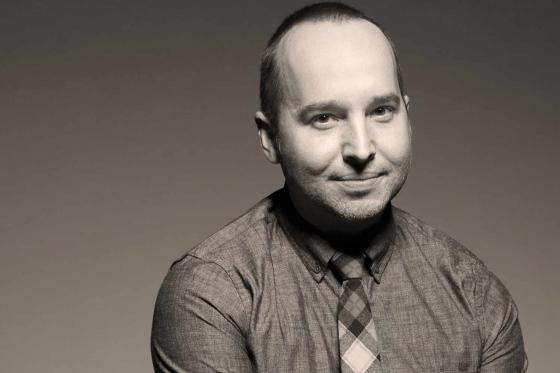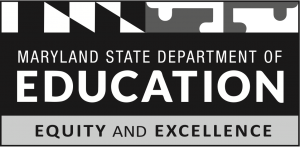If you were to find yourself walking out of most live theatres in America, and you were feeling particularly rapturous after seeing an especially moving, powerful production, or perhaps you've just seen a show that made you positively irate and you want to give the person in charge a piece of your mind, you'd have a pretty hard time figuring out who that was and how to get ahold of them. At Olney, it's a little different. In the programs you'll notice a letter from our Artistic Director Jason Loewith, and each letter includes something pretty special at the bottom. Jason makes the unique and sometimes risky choice to include his personal email address in his signature, along with an invitation for audience members to contact him with their thoughts and feelings about each show.
Now, if you were the busy Artistic Director of a regional theatre with more than 100,000 visitors each year, you might think twice about publicizing your contact information in this way. But Jason tells me that this step represents an important way he enacts the values at the heart of Olney Theatre Center’s mission to make art that builds a collaborative, inclusive community. Through conversation with the audience, he is able to engage with the folks seeing our shows in true two-way partnership, not just as patrons. Every audience member, from the most seasoned theatrical connoisseur, to the first-timer has an opportunity to share their experience. We can certainly measure our success at Olney through tickets sold or dollars donated or accolades earned, but our success is also measured by connecting with audiences and hearing how the work we are doing impacts people.
Jason will tell you that inviting our audience members to share their responses to our work is not without its ups and downs. At its best, his inbox can be a gallery of moving personal anecdotes from strangers who feel like close friends after connecting a show with their lived experiences. And when a show’s message fails to connect with a patron, it can be a reminder that artistic risks sometimes have polarizing results. But good or bad, Jason reads and responds to each email and even shares the feedback with the rest of the OTC staff across all departments (another testament to the spirit of transparency and collaboration).
An Artistic Director often has a lot of risky decisions to make, and what better way to know if those choices have paid off or fallen flat than to ask the audience? With enough feedback, Jason can assess if our messages reach audiences the way we intend them to, so we can make thoughtful choices in the future or adjust to address problems more immediately—everything from improved sound equipment to clarified pre-and-post show communication to give a production more context. Our audience becomes an additional collaborative voice that influences the way we serve and grow our community, just by opening up an inbox.
It’s pretty special to be a part of a theatre that really walks-the-walk of its philosophy to collaborate, include, take risk and build community the way only great art can. And I think I'll happily take an artistic risk out of Jason Loewith's book and invite you to let me know what you think of this blog post by emailing me directly at carlie@olneytheatre.org






